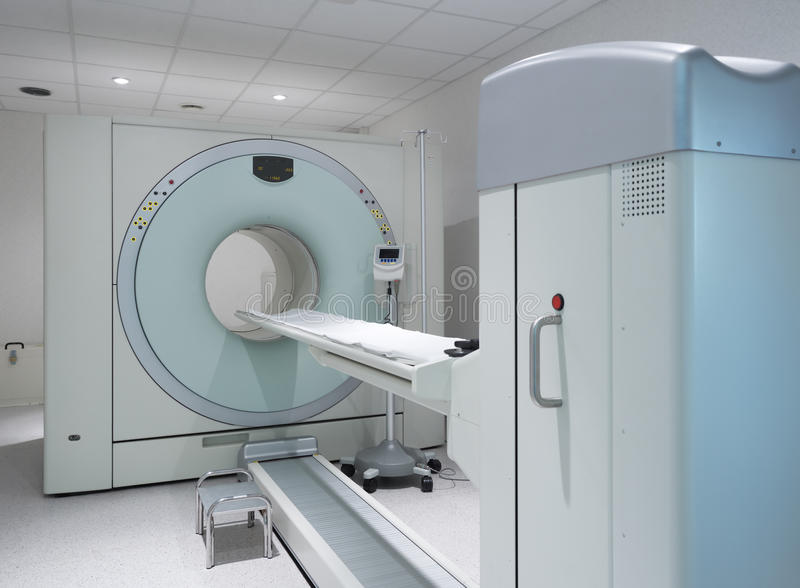Heart disease is a broad term that encompasses a range of conditions that affect the heart and blood vessels. These conditions include coronary artery disease, heart failure, arrhythmias, and valvular heart disease. The symptoms of heart disease can vary depending on the specific condition, but can include chest pain, shortness of breath, fatigue, swelling and palpitations.
To diagnose heart disease, doctors may use a variety of tools and tests, including a physical exam, blood tests, electrocardiogram (ECG), echocardiogram, and stress tests. While these tests can provide important information about the heart, they may not always be able to provide a complete picture of the heart’s function.
This is where a PET scan can be particularly useful. A PET scan uses a special dye that contains radioactive tracers to create images of the heart and surrounding tissues. The tracers are taken up by the body’s cells and can be detected by the PET scanner. The images produced by the PET scanner can provide detailed information about the heart’s function, metabolism, and blood flow.
One of the key advantages of a PET scan is its ability to detect early changes in the heart’s function. For example, a PET scan can detect changes in blood flow to the heart muscle before any symptoms of heart disease are present. This can be particularly useful in patients who are at risk for heart disease, such as those with a family history of the condition or those with high blood pressure or cholesterol levels.
In addition to detecting early changes in the heart’s function, a PET scan can also be used to monitor the progression of heart disease. By comparing images from multiple PET scans over time, doctors can track changes in the heart’s function and determine if treatments are working effectively.
Another advantage of a PET scan is its ability to identify areas of the heart that have been damaged by a heart attack. When a heart attack occurs, blood flow to a section of the heart is blocked, which can cause permanent damage to the heart muscle. A PET scan can detect these areas of damage and help doctors determine the best course of treatment.
A PET scan can also be useful in diagnosing heart disease in patients who have symptoms that are difficult to explain. For example, some patients may experience chest pain or shortness of breath but may not have any obvious signs of heart disease on other tests. A PET scan can help doctors identify any underlying heart problems that may be causing these symptoms.
Finally, a PET scan can be used to evaluate the effectiveness of treatments for heart disease. For example, if a patient undergoes a procedure such as angioplasty or bypass surgery, a PET scan can be used to determine if blood flow to the heart has improved. This can help doctors determine if additional treatments are needed or if the current treatment plan is working effectively.
While a PET scan can be a useful tool in diagnosing and managing heart disease, it is important to note that it is not the only tool available. Other tests, such as echocardiograms and stress tests, may also be needed to provide a complete picture of the heart’s function. Additionally, a PET scan involves exposure to radiation, which can be a concern for some patients.
In conclusion, a PET scan is a valuable tool in the diagnosis and management of heart disease. Its ability to detect early changes in the heart’s function, monitor disease progression, and evaluate the effectiveness of treatments can help doctors provide the best possible care for their patients. If you are experiencing symptoms of heart disease or are at risk for the condition, talk to your doctor. Don’t ignore these signs. Some of these signs can be subtle.


